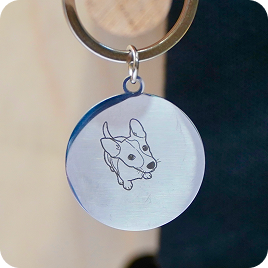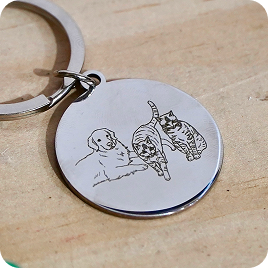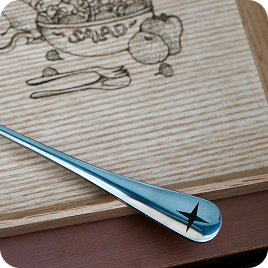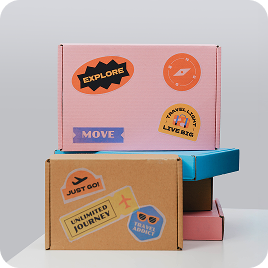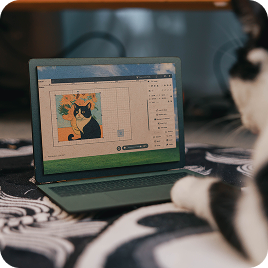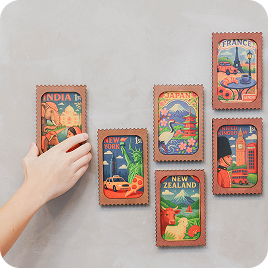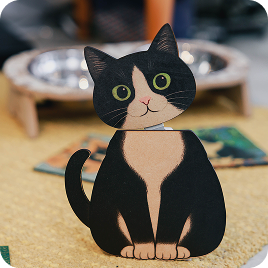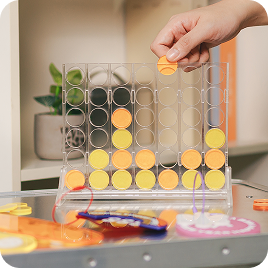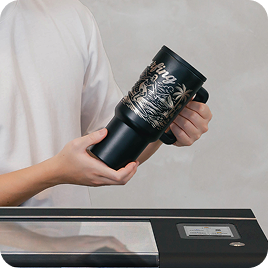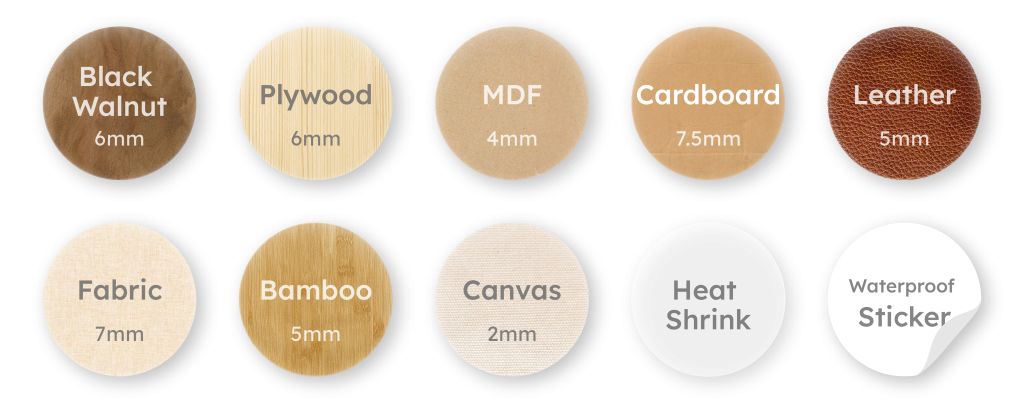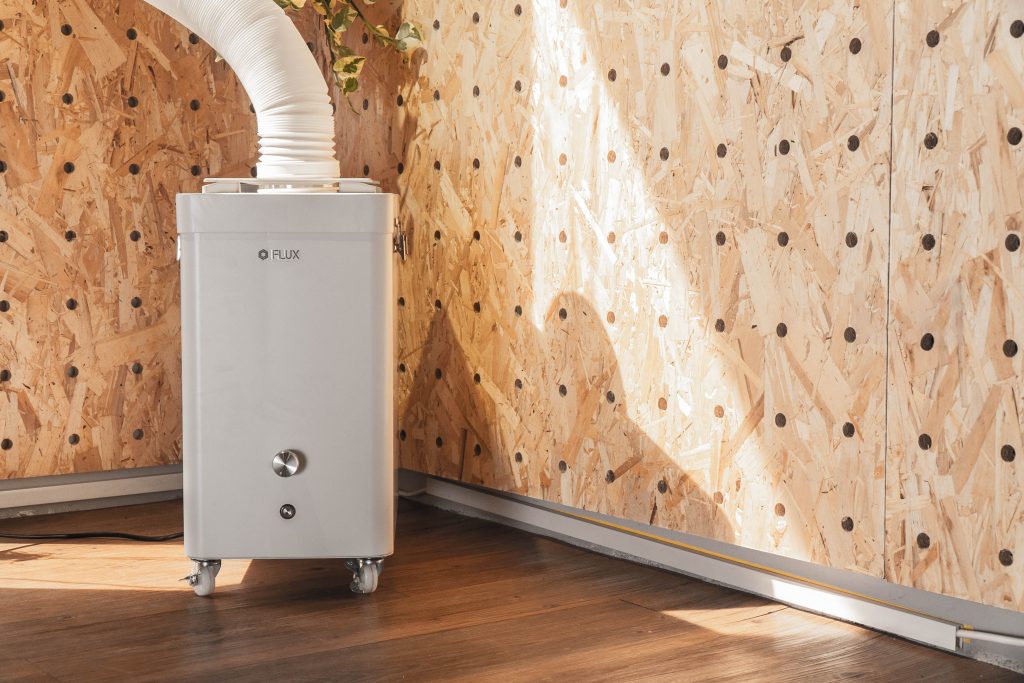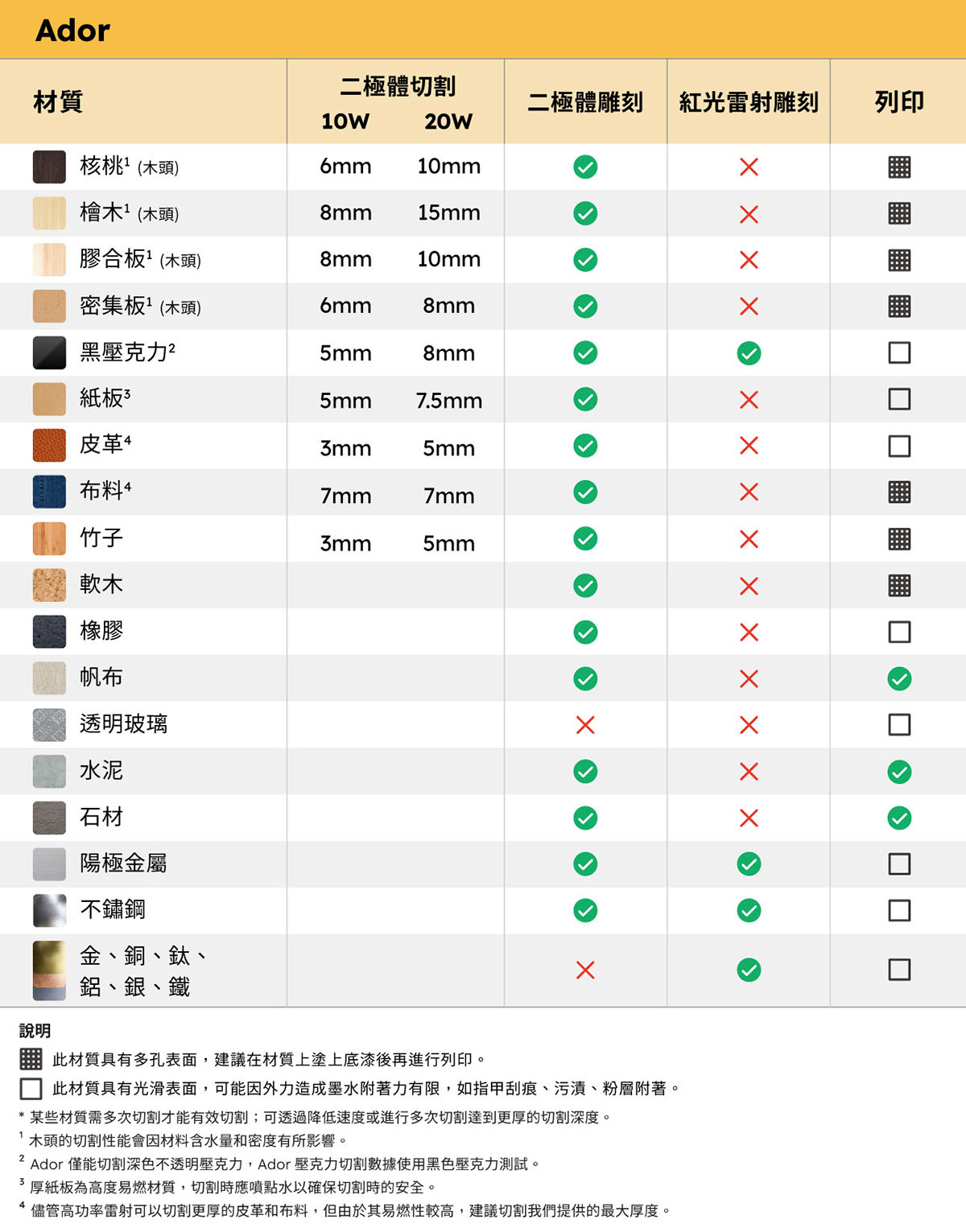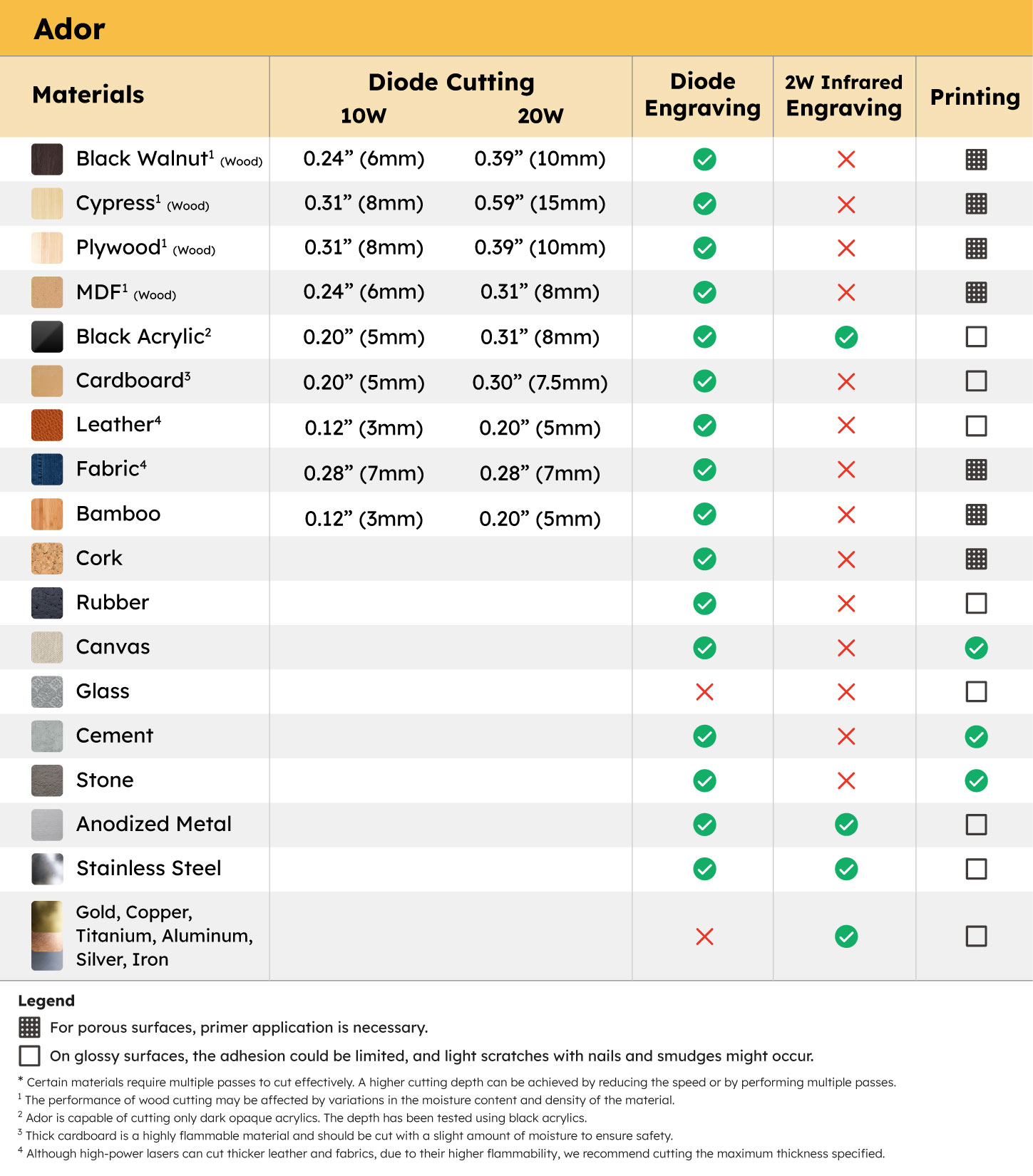
As the new school year approaches, designing lesson plans becomes a significant challenge for every teacher. A great lesson plan not only needs to clearly define learning objectives and establish a well-structured curriculum but also must maintain flexibility and interactivity to keep students engaged while absorbing knowledge. So, how can you create a curriculum that is both rich in content and fosters strong interaction between teachers and students? FLUX laser cutters are here to support you—whether you’re crafting teaching aids or conducting hands-on DIY projects in class, we’ll be with you and your students every step of the way in this exciting new term.
In this article, we’ll share laser engraving courses tailored for different age groups. These courses are perfect for any subject that involves DIY projects, and we even provide free downloadable design files for teaching purposes. We’ve divided the age groups into three stages: kindergarten to third grade, fourth to sixth grade, and junior high to high school. As students advance, the difficulty of the courses increases accordingly. Join us as we explore these fun and engaging laser STEAM courses together!
In the U.S., there’s a growing emphasis on developing critical thinking and practical skills in students, moving away from rote memorization and focusing instead on fostering independent action, effective communication, and community involvement. This approach aligns closely with the principles of STEAM education—a multidisciplinary method that integrates Science, Technology, Engineering, Arts, and Mathematics. STEAM encourages students to engage in hands-on activities and creative problem-solving, applying their knowledge across these key areas. At FLUX, we embrace the STEAM philosophy by offering rich, interactive courses that challenge both the mind and the hands. All the lesson plans provided in this article are available for free download, and we invite educators to make full use of them!

Students in grades 1 through 3 typically have shorter attention spans and less patience, so it’s important to design lessons that are both fun and hands-on for this age group. We’ve identified five key factors to consider when creating such lessons and developed three laser engraving projects that are perfect for students at this stage.
FLUX’s laser engraving courses incorporate Design Thinking, a human-centered problem-solving methodology. This approach guides teachers through four steps: Discovering problems, Defining issues, Developing solutions, and Delivering results, to help structure their lessons effectively.
For the “Animal Habitats” laser engraving course, students will need cardboard, glue, and a FLUX laser cutter. In this lesson, students will choose an animal to research, design its habitat based on their findings, and use the laser cutter to create the necessary elements. This course is versatile and can be applied to a wide range of subjects. It’s not only suitable for science classes but also integrates well into language arts lessons, such as those in language courses, where related content is covered. This hands-on approach helps students more effectively absorb the information the teacher aims to convey.
The course can be guided using the following framework:
This lesson plan also includes instructional videos and free design files, which teachers are welcome to use.
FLUX laser engraving lesson plans also include a cardboard automata course designed for math and science-oriented teachers, suitable for students in grades 1 through 3. Through this course, students will learn about the structure and principles of automata, using the laser cutter to create their own cardboard automaton. This allows students to not only absorb knowledge but also express their creativity by extending what they’ve learned into hands-on projects.
A laser cutter is a subtractive technology, which differs from 3D printing in that it forms objects by removing unwanted material with a laser beam, rather than adding material. When teaching with materials like recycled cardboard or acrylic, this technique can serve as a form of sustainable design, indirectly instilling environmental protection principles in students.
The cardboard automata course can be guided using the following framework:
The course can be guided using the following framework:
This lesson plan also includes instructional videos and free design files, which teachers are welcome to use.
The course can be guided using the following framework:
This lesson plan also includes instructional videos and free design files, which teachers are welcome to use.
